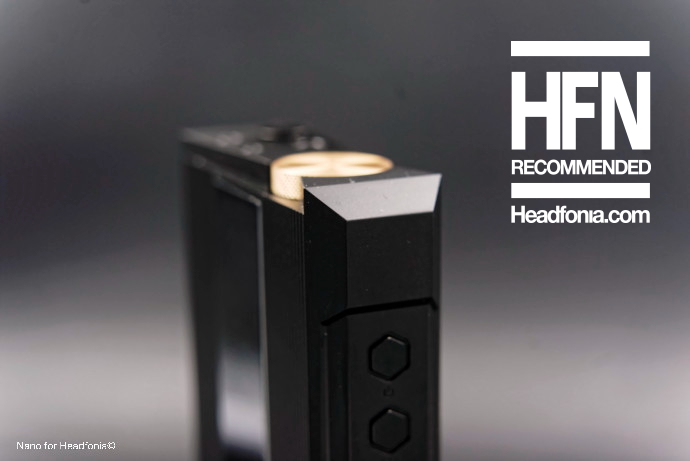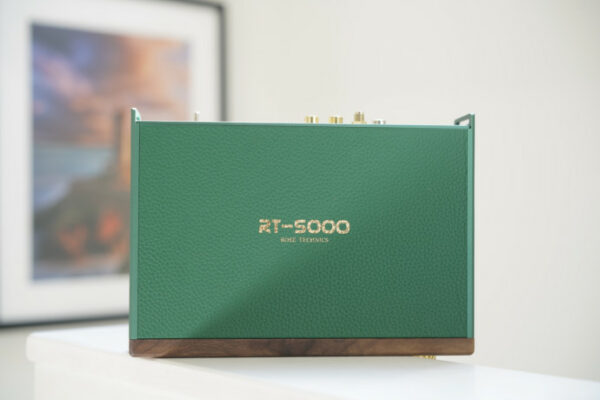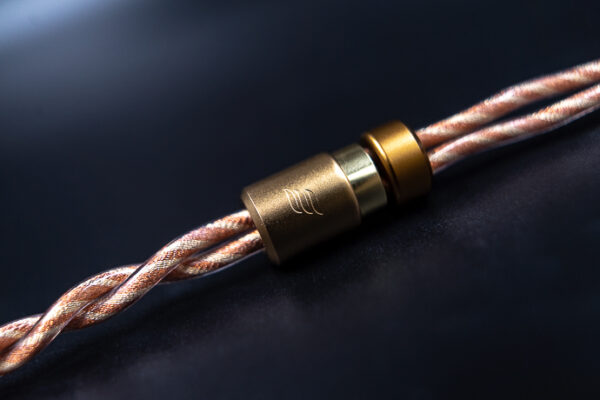Specifications
For the nit-pickers and nerdy ones here, I’m giving the specs and technical sheets. For all the others, you can just go to the next page to see how the M11S performs.
Sabre ES9038PRO + THX AAA 788+
For the FiiO Q7, the brand just packed the same ESSTech chips found in the M17, ES9038Pro in this case paired with the mighty THX AAA 788+ op-amps – that should offer 225% more output power than the previous generation – 35.5Vp-p… insane
It offers the usual high-end feature you’d expect, namely:
- full high-resolution PCM decoding, up to 32bit/769kHz
- native DSD support up to DSD1024 and DSD256 via Dop
- extended DSP options (roll-off, soft mute,…) and fully programmable FIR filter with 7 presets
- an astoundingly high Signal-to-noise Ratio, up to 140dB
- full I2S/DoP/DSD/SPDIF input + 8-channel audio mapping
And, as usual, you can top that with 32-bit HyperStream II architecture, Time Domain Jitter Eliminator and a mono mode for those who seek the highest performance, in a multi-channel system, or a dual-mono setup like the one used in FiiO’s players.
Needless to say that you should be able to drive EVERY headphone/IEM on the market with this setup.
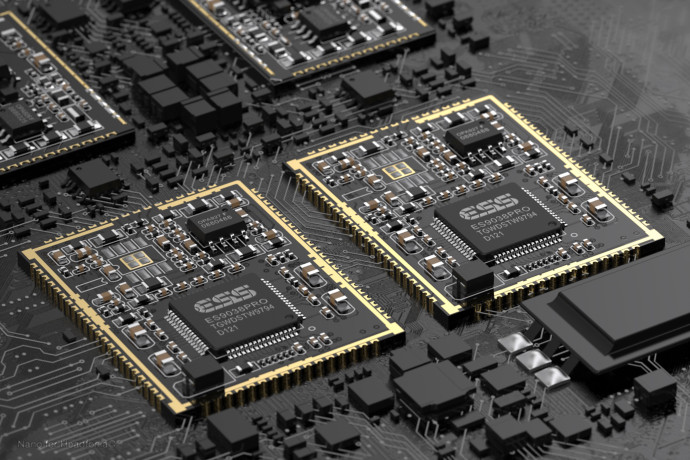
FPGA + NDK crystal oscillator
To ensure the best performances, FiiO developed a fourth-generation FPGA chip with “more advanced algorithms, more accurate clocks, and even further reduced jitter”, combined with an XMOS XUF208 chip. Unlike Chord which uses an FPGA chip as a DAC, here it’s used as a middle-man between the SPDIF circuitry and the ESS DAC – working in I2S/DSD.
Add a set of two custom Japanese NDK femtosecond crystals, working hard to ensure everything is phase-locked / 100% bit-perfect, and you have your full DSD512 / PCM 32bit/768kHz support.
All of those chips are covered by custom anti-EMI modules that ensure perfect isolation from each other and avoid the annoying buzz while playing files from your streaming app, or just when you use Bluetooth.
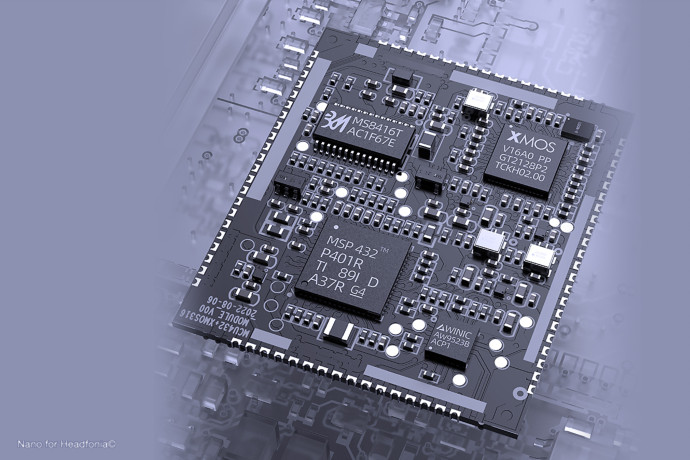
Bluetooth
The FiiO Q7 does it all: SBC, aptX, apt-X HD, LDAC, LHCD/HWA, you name it, it’s supported.
The Hi-Res Audio Wireless Certified logo is well-endowed at the back of the player, with the Hi-Res Audio logo and THX blazon. Like the FiiO Q5S-TC or the M11S, the M17 supports duplex Bluetooth allowing you to use the player as a Bluetooth receiver with a smartphone, computer, or any Bluetooth emitter.
The Bluetooth 5.0 chip can transmit in SBC/AAC/aptX/aptX-HD/LDAC but only supports SBC/AAC/LDAC when receiving. Basically, with a compatible headphone or receiver, you’ll always get the best quality available. Of course, if you have a TOTL IEM or a massive can, a wired connection will always be the best one.
Do you still want the full specs? Ok, here they are for you.
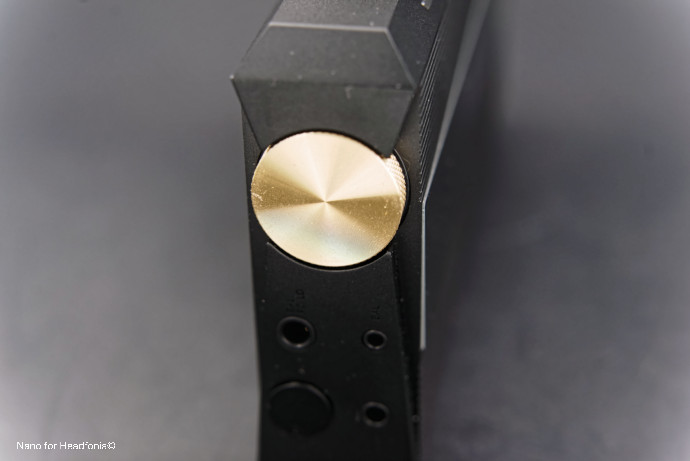
Full specs
- Model: FiiO Q7
- Type: Digital Audio Converter
- DAC: ES9038PRO
- Sample rate : PCM : 8Hz – 768Hz (8/16/24/32bits) native – DSD64/128/256/512 – MQA 8X unfold
- System clock: Full synchronization technology with 4rd Gen FPGA processor and dual Japanese crystal clock
- Outputs: 3.5mm TRS // 2.5mm TRRS // 4.4mm Pentaconn // 6.35mm TRS
- Input: USB-C // Coaxial // Optical /
- Screen: 1.3″ IPS Screen from LG
- Bluetooth support: SBC, apt-X, apt-X HD, LDAC, HWA, (AAC receive only)
- Battery: 3.8V 9200mAh Li-Polymer
- Quick Charge: yes, PD2.0, DC12V/1.5Ah, 9V/2A, 5V/2A // DC Power supply
- Battery life: 11h with wired headphones (3.5mm), 11h with a Balanced headphone
- Charging time: around 4.5h
- Size : 158.4mm x 88.5mm x 28mm
- Weight: 620g
- Price: $799
Line Out
- Frequency Response : 20Hz – 50kHz (-1dB)
- THD: 0.0006%
- SNR: >120dB
- Crosstalk: 103dB
- Line Level: 1.9V
- Noise Floor: <2μV
3.5 mm Headphone out (Super High gain)
- Output power : 1500mW @16ohm / 1100mW @32ohm / 130mW@300ohm
- Frequency Response : 20Hz – 20kHz (-0.1dB)
- THD : > 0.0005%
- SNR : > 125 dB
- Crosstalk : > 75 dB
- Output impedance : < 1.2 ohms (32ohms)
3.5 mm Headphone out (High Gain)
- Output power : 750mW @16ohm / 550mW @32ohm / 65mW@300ohm
- Frequency Response : 20Hz – 20kHz (-0,5dB)
- THD : > 0.0006%
- SNR : > 122 dB
- Crosstalk : > 75 dB
- Output impedance : < 1.2 ohms (32ohms)
2.5mm / 4.4mm Headphone out (Super High gain)
- Output power : 1500mW @16ohm / 3000mW @32ohm / 550mW @300ohm
- Frequency Response : 20Hz – 50kHz (-0.5dB)
- THD : > 0.0005%
- SNR : > 125dB
- Crosstalk : > 114 dB
- Output impedance : < 1.7 ohms (32ohms)
2.5mm / 4.4mm Headphone out (Super High Gain)
- Output power : 1500mW @16ohm / 1500mW @32ohm / 260mW @300ohm
- Frequency Response : 20Hz – 50kHz (-0.5dB)
- THD : > 0.0005%
- SNR : > 125dB
- Crosstalk : > 114 dB
- Output impedance : < 2.2 ohms (32ohms)
Time to plug the player now!
The article continues on Page four, with the part on sound, after the click here
Page 1: about FiiO
Page 2: UI, Usage, Bundle
Page 3: Technical specifications
Page 4: Sound performance





